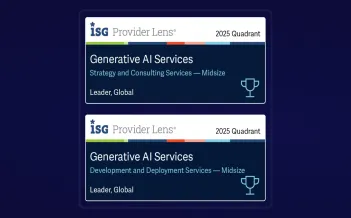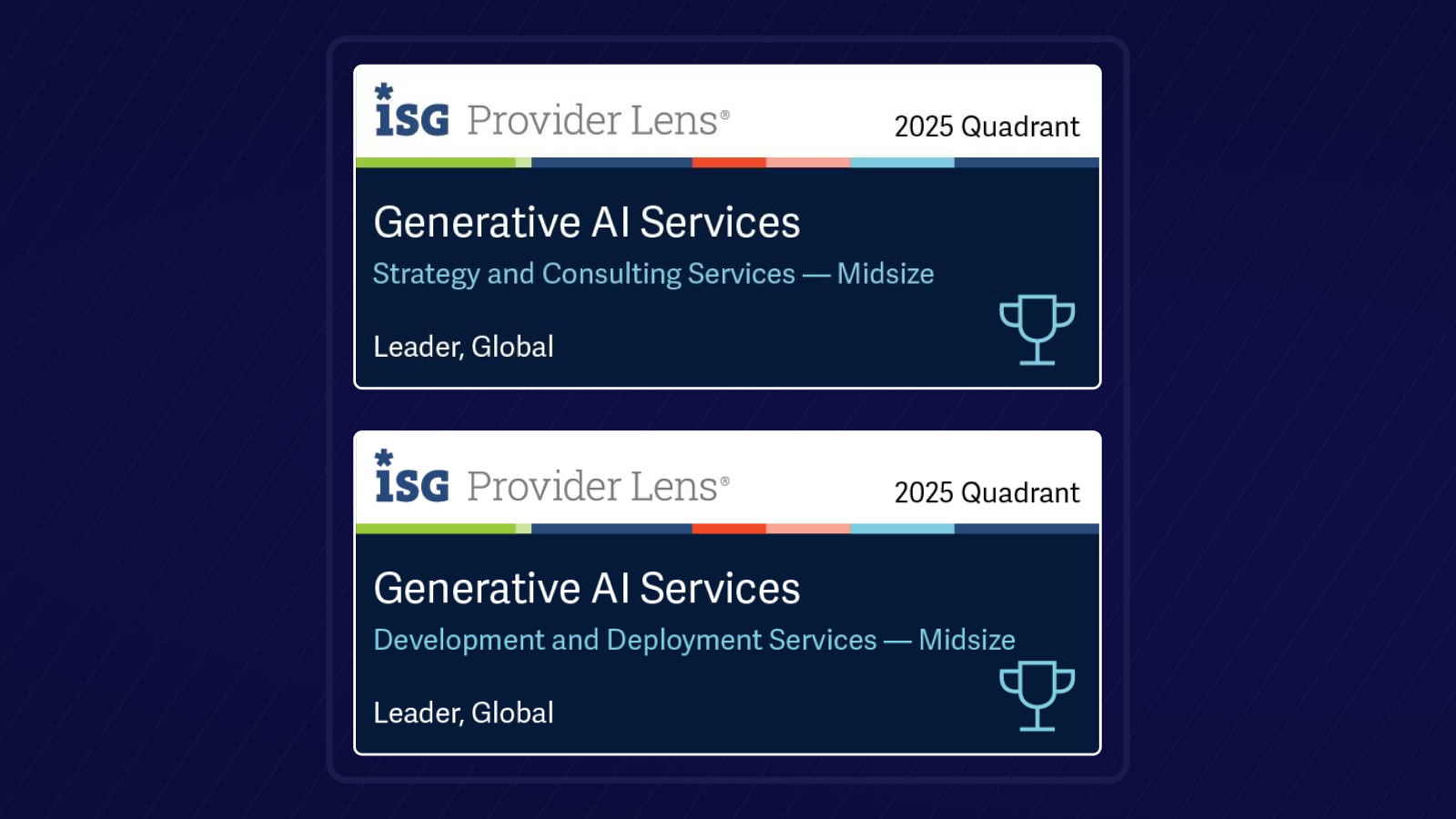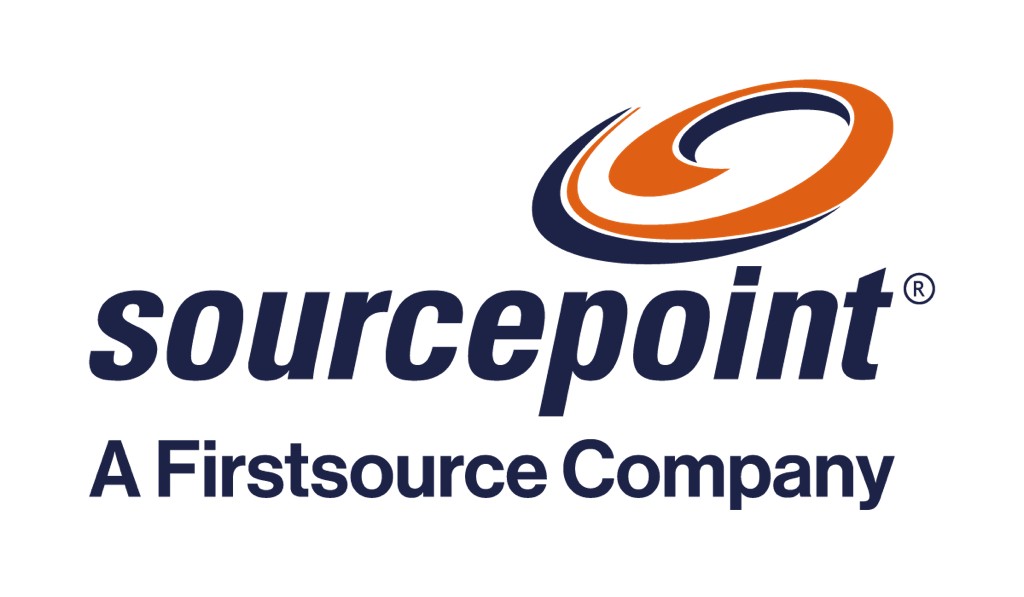In an era defined by rapid change and customer empowerment, deeply knowing your customer not just defines organizational strategy, but also acts as a catalyst for sustainable advantage. As business models evolve and traditional boundaries blur, leaders are reshaping how expertise and technology intersect to create lasting competitive value.
The imperative has moved beyond “customer-centricity” as a theory; it’s about manifesting a nuanced understanding at every touchpoint, powered by a culture that values expertise and collaborative outcomes.
The journey: Segmentation to hyper-personalization
Early attempts at segmentation offered scalability—grouping customers by obvious signals like demographics or location. Yet, these approaches often traded relevance for simplicity, masking distinctions that truly drive loyalty.
For instance, a retail bank segmenting “young professionals” misses the granular financial aspirations within that cohort.
The Segmentation to Personalization Journey
Analytics and micro-segmentation have intensified this journey. Today, best-in-class organizations, including Firstsource’s clients, integrate behavioral signals, transactional markers, channel interactions, and even psychographic data at the core of their customer models.
Our proprietary analytics platforms enable clients to identify micro-segments and deliver tailored experiences at scale, driving measurable improvements in loyalty and lifetime value. These micro-segments, underpinned by continuous data streams, provide actionable insight rather than static definitions.
This is the new service paradigm: outcome-focused, composable, and driven by domain-specific expertise. Where once “service” and “software” were siloed, now they intersect—organizations are orchestrating agile PODs (product-oriented delivery teams) of expertise, leveraging automation and analytics to tailor micro-experiences at scale.
AI-powered personalization: Context, anticipation, and co-creation
With AI at the core, brands move beyond prediction. They anticipate, respond, and even co-create solutions with customers. Recommendation systems, dynamic interfaces, and moment-by-moment journey orchestration are no longer reserved for digital giants; they are becoming table stakes for organizations that prioritize expertise and real partnership over transactional engagement.
- Recommendation frameworks adapt in real time to customer signals, making every interaction feel bespoke and welcoming.
- Dynamic messaging ensures that each customer touchpoint reflects not only what was, but what could be—turning service into a living, continually optimized dialogue.
- Frontline associates are empowered by intelligent insights, blending empathy with decision-support so customer moments are elevated, and friction is dissolved.
Firstsource’s AI-driven personalization frameworks empower organizations to anticipate customer needs, orchestrate seamless journeys, and co-build value at every interaction. Our teams work closely with clients to embed intelligence into every touchpoint, ensuring that each customer moment is relevant, timely, and impactful.
Building the data foundation: From collection to intelligence
Collecting the right data and asking the right questions
The challenge isn't data availability; it's data relevance and actionability. Organizations drown in data while starving for insights. The key is to build a data architecture designed for AI-first operations:
- First-party data: Direct interactions (website visits, app usage, purchases, support conversations, abandoned actions)
- Behavioral signals: Not just what customers did, but the context, sequence, and decision patterns that reveal intent
- Third-party data: Social media, partner ecosystems, market research enriching first-party data with external context
- Qualitative feedback: Surveys, interviews, focus groups that capture the "why" behind the behaviors
- Operational data: How your processes perform from the customer's perspective, where friction exists, and where value is created or destroyed
Customer Data Funnel
Effective data strategies focus on "data for AI"—structuring data not just for reporting, but for training intelligent systems. This means moving from siloed data repositories to integrated data ecosystems where AI can discover patterns across traditional boundaries. For instance, an AI model could cross-analyze marketing engagement data, service call transcripts, and purchase frequency to identify customers at risk of churn, insights that siloed systems would miss.
At Firstsource, we help clients move from siloed data repositories to integrated data ecosystems, enabling AI to discover patterns and deliver insights that drive business outcomes. Our approach ensures that data is not just collected, but transformed into intelligence that powers every decision.
Responsible personalization: Governance, trust, and value exchange
With sophisticated personalization comes the imperative for trust. Regulations like GDPR and CCPA are baselines; true customer-centricity is about ethical and transparent value exchange. This means:
- Clear consent and data rights
- Explainable AI - enabling users to understand, and if necessary, influence automated decisions
- Tangible value return, reframing data sharing as a partnership, not just surveillance
Organizations that view privacy and ethics as constraints are missing the strategic opportunity. Companies that build trust through transparent, ethical AI practices create sustainable competitive advantages. Trust is the ultimate moat in the intelligence economy.
M&T Bank's 2024 adoption of explainable AI through nCino demonstrates how transparency creates competitive advantage: the platform shows lenders exactly which factors drove each credit decision through "self-describing decisions" dashboards, enabling more confident lending while building trust with customers and regulators.
At Firstsource, responsible AI is not just a compliance requirement, it’s a strategic differentiator. Our UnBPOTM framework ensures that every AI-driven initiative is governed by transparent, ethical, and explainable practices, building trust with customers and regulators alike. This framework elevates trust-building by designing processes where innovation and compliance progress together.
AI enablement is not an end; embedding human-in-the-loop controls ensures both outcome delivery and customer assurance.
Organizational playbook: From strategy to execution
- Audit your data ecosystem with AI-readiness in mind: Identify all customer data sources, assess data quality, accessibility, and integration readiness. Map where data flows, where it stalls, and where opportunities for insight generation exist. This is not an IT exercise; it's a business capability assessment.
- Invest in analytics and AI with an AI-first mindset: Start with pilot projects—personalized emails, product recommendations, next-best-action models and then scale systematically. But think bigger: reimagine processes ground-up with AI at the core, not as an add-on. Ask: "If we were building this process today with AI available, how would we design it differently?"
- Empower teams through hyper-personalized skilling: Train marketing, sales, and service teams to interpret and act on AI-driven insights. But go further: deploy AI co-pilots that augment human expertise in real time. Move from classroom training to continuous, context-specific learning that adapts to individual needs, creating a "messy middle" where humans and AI collaborate dynamically.
- Orchestrate partnerships for best-of-breed capabilities: No organization can build every capability in-house. The future belongs to orchestrators who seamlessly integrate specialized partners—technology providers, data platforms, domain experts into unified customer experiences. Plug-and-play integration architectures enable agility and innovation without massive capital investments.
- Communicate clearly and build trust systematically: Be radically transparent about data use and the benefits of personalization. Do not hide behind legal language; explain in plain terms how data creates value for customers. Make opt-in and opt-out mechanisms simple and respect customer choices immediately.
- Measure, iterate, and evolve continuously: Use A/B testing, multivariate testing, and continuous experimentation to refine personalization strategies. But measure what matters: customer lifetime value, relationship depth, advocacy, and retention, and not just click-through rates. Create feedback loops where AI systems learn from every interaction and improve autonomously.
The path forward requires courage, not just technology
The organizations that will thrive in the age of customer centricity are not those with the most data; they are those that turn data into understanding, understanding into action, and action into sustained customer value. They recognize that knowing your customer means knowing them as individuals, anticipating their needs before they are expressed, and delivering experiences so relevant they feel designed for an audience of one.
Customer understanding will be AI-driven—that's inevitable. What's uncertain is whether your organization will build the infrastructure, governance, and capabilities to capitalize on this shift, or whether you'll cede ground to competitors who move first and build compounding advantages.
Success won't come from strategy alone; it will come from disciplined execution.
The future will reward organizations that turn data into foresight and AI into everyday advantage.










